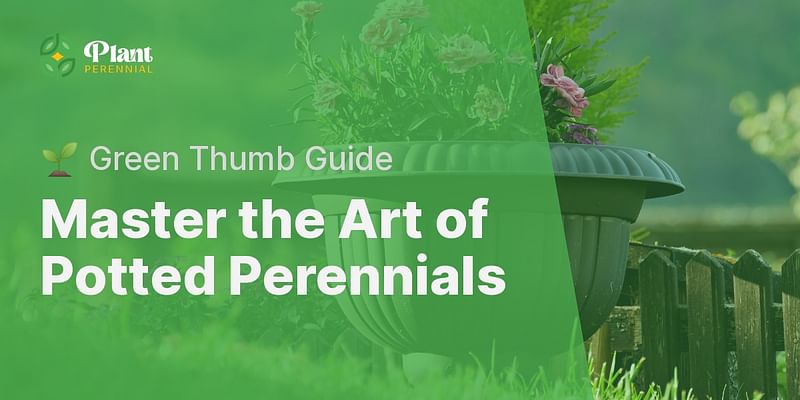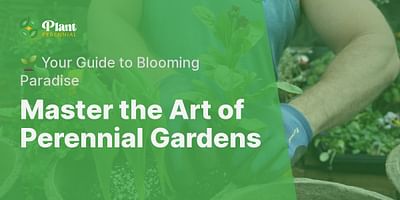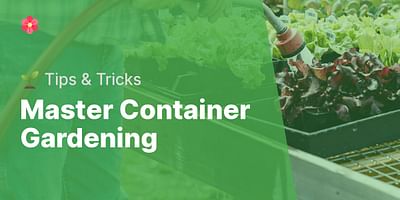Bethany Gislason is an avid gardener who has spent over a decade nurturing perennials. Her passion for gardening has led her to explore new plants and sustainable techniques, resulting in picturesque and enduring gardens. Away from her garden, Bethany is a hiking enthusiast and an ardent reader.
Caring for potted perennial plants is essential to ensure their health and longevity. Here are some tips to help you maintain your potted perennials and create a thriving garden:
1. Choose the right container: Select a container that is large enough to accommodate the plant's root system and has drainage holes at the bottom. This will prevent waterlogging and promote healthy root growth.
2. Use quality potting soil: Fill the container with well-draining potting soil. Avoid using garden soil, as it can be too heavy and may not provide adequate drainage.
3. Water regularly: Potted perennials need consistent moisture, so water them regularly. Check the soil moisture by inserting your finger about an inch into the soil. If it feels dry, it's time to water. Be careful not to overwater, as this can lead to root rot. Aim to keep the soil evenly moist, but not waterlogged.
4. Fertilize appropriately: Feed your potted perennials with a balanced, slow-release fertilizer or use a liquid fertilizer diluted according to the package instructions. Apply the fertilizer during the growing season to promote healthy growth and abundant blooms.
5. Provide adequate sunlight: Most perennials require at least six hours of direct sunlight each day. Place your potted plants in a location that receives the recommended amount of sunlight. If you have limited sunlight, choose shade-tolerant perennials like hostas or astilbes.
6. Prune and deadhead: Regularly prune your potted perennials to remove dead or damaged foliage and encourage new growth. Deadheading, which involves removing spent flowers, promotes continuous blooming and prevents the plant from wasting energy on seed production.
7. Protect from extreme weather: Potted perennials are more susceptible to extreme temperatures. During hot summer months, move your pots to a shaded area to prevent heat stress. In winter, protect them from freezing temperatures by bringing them indoors or providing insulation.
8. Monitor for pests and diseases: Keep an eye out for common pests like aphids, snails, or slugs. If you notice any signs of infestation or disease, take immediate action to prevent further damage. Use organic pest control methods or consult a local garden center for appropriate treatments.
9. Divide and repot: Over time, potted perennials may outgrow their containers. When this happens, it's time to divide and repot them. Dividing the plant helps rejuvenate it and allows for better root development. Repotting with fresh soil provides the necessary nutrients for continued growth.
Remember, different perennials have specific care requirements, so it's essential to research the specific needs of the plants you have in your garden. By following these general care tips and tailoring them to your specific plants, you can enjoy a thriving and beautiful potted perennial garden.
For more detailed care instructions for specific perennial plants, be sure to check out our comprehensive plant care guides on the Plant Perennial website. Happy gardening!















